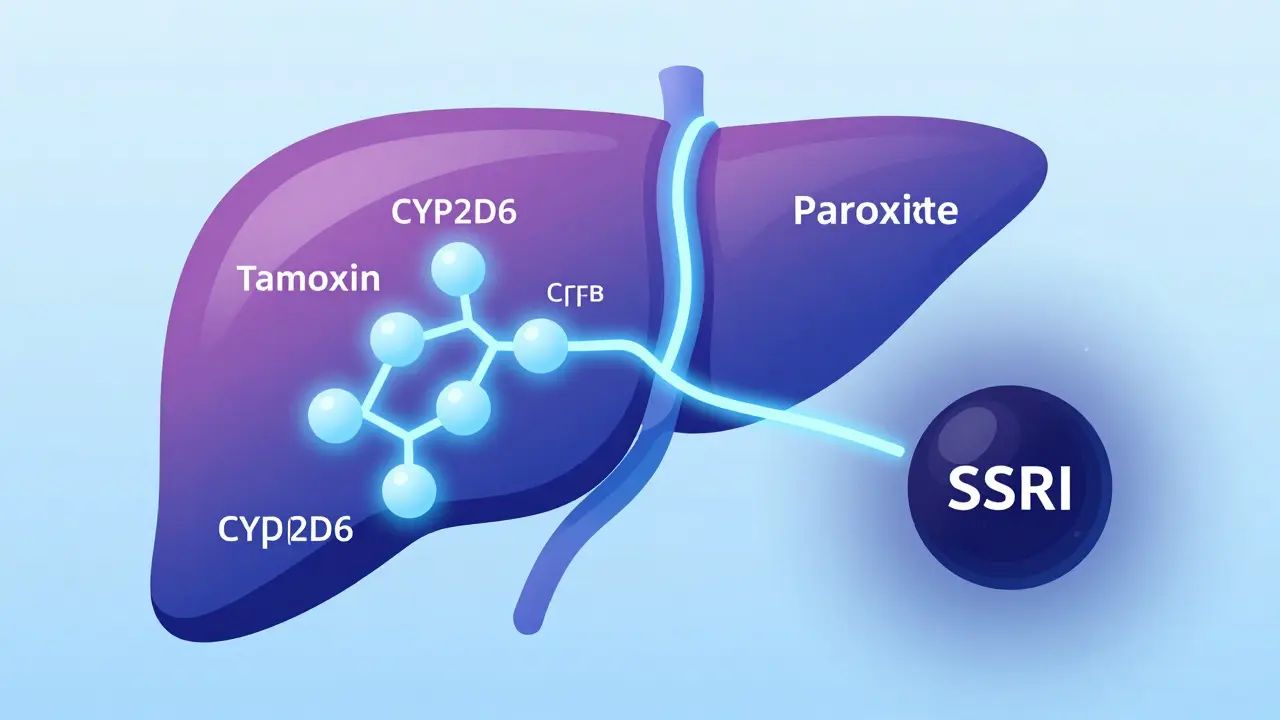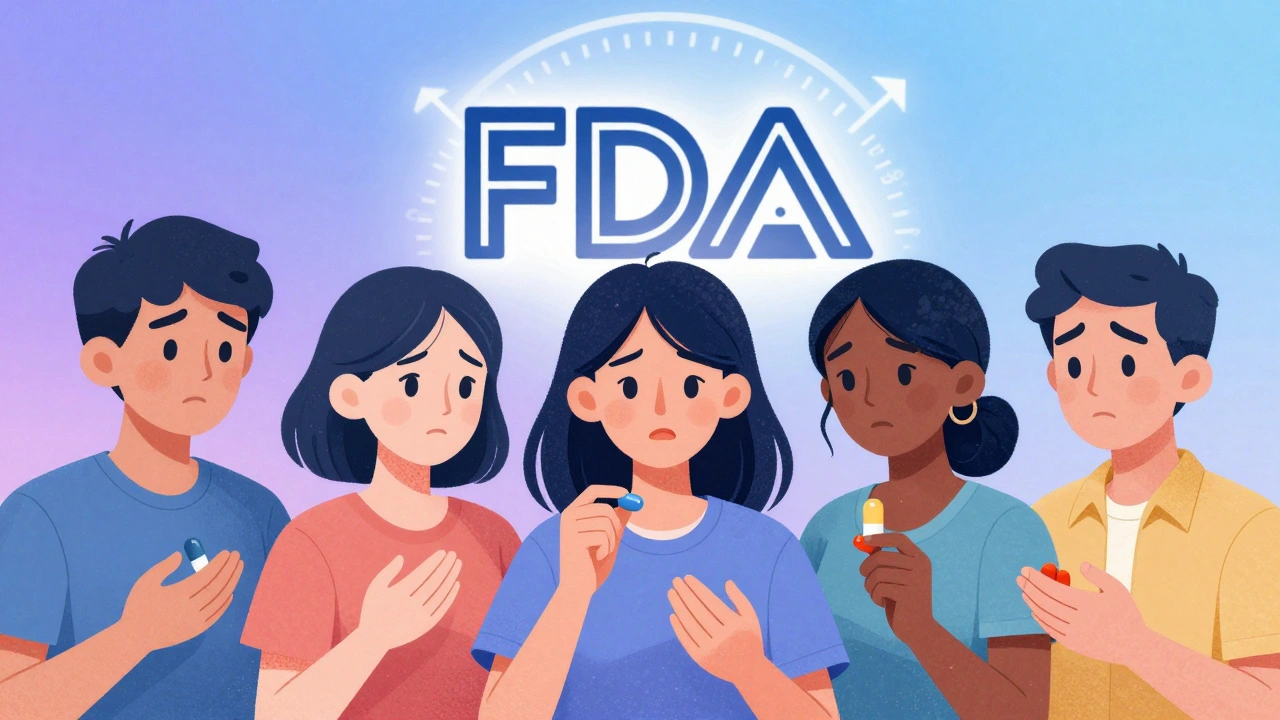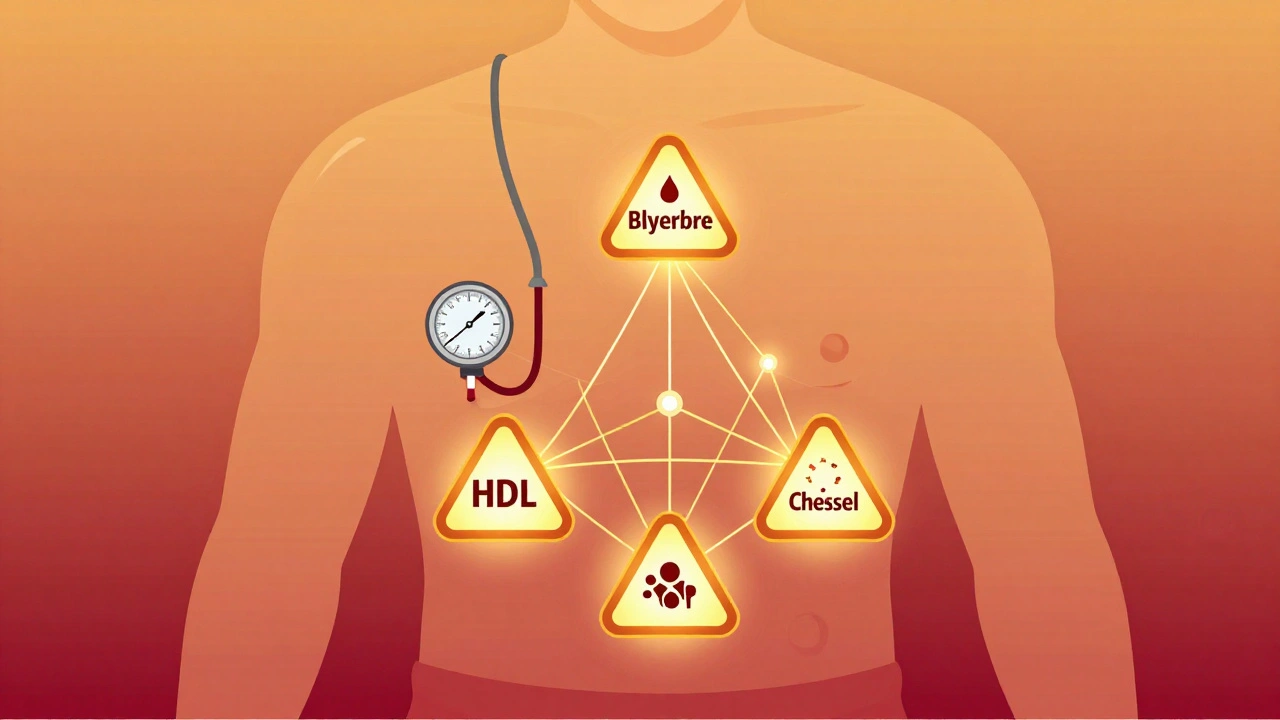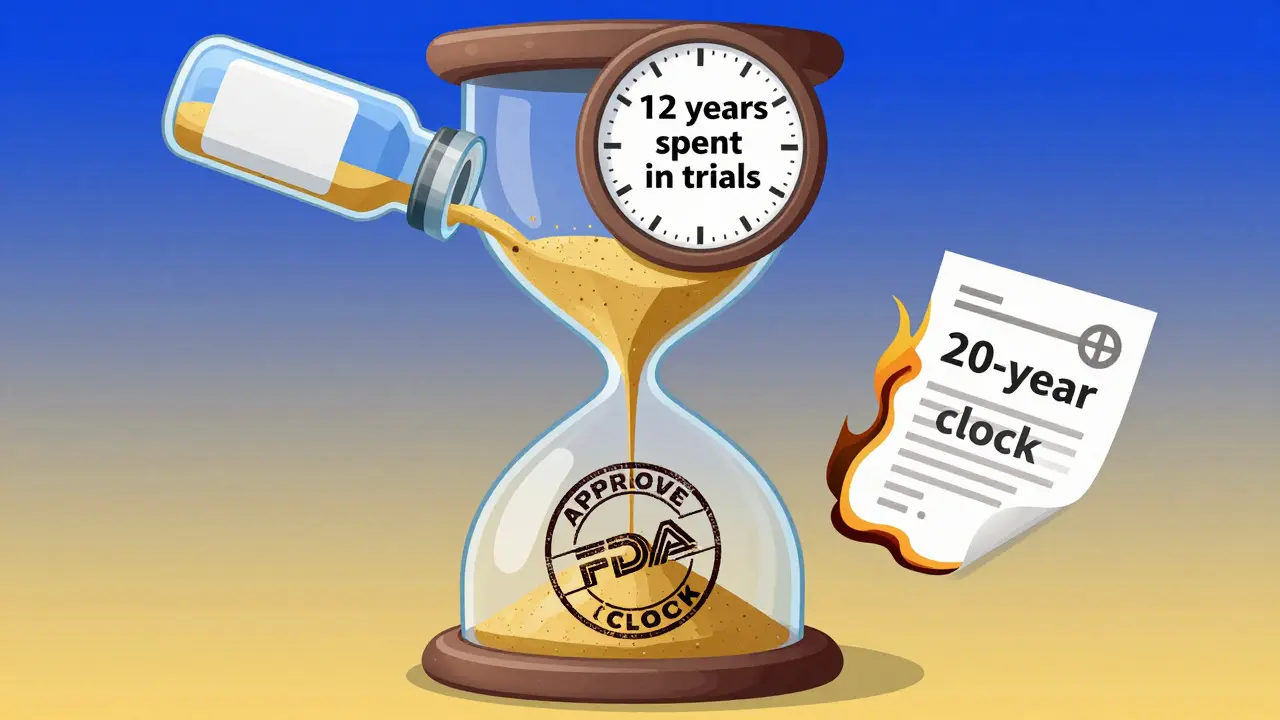Safe Dosage: How to Take Medicines Without Risk
Taking the right dose keeps you safe and helps medicine work. Start by reading the label and the leaflet. They tell you how much to take, when, and how often. If you see a dose range, pick the number your doctor suggested. If no doctor, choose the lower end and ask a pharmacist before increasing.
Weight, age, and health matter. Children and older adults often need smaller doses. Kidney or liver problems change how drugs leave your body. If you have those issues, ask a clinician for a dose adjustment. Same if you are pregnant or breastfeeding.
Measuring and timing
Use the measuring tool that comes with the medicine. Kitchen spoons are not accurate. For liquids, use marked syringes or dosing cups. For pills, follow the schedule. Missing a dose? Take it when you remember unless it is almost time for the next one. Don't double up unless a professional tells you to.
Know the difference between once-daily and as-needed medicines. Long-acting pills are not the same as short-acting ones. Crushing or splitting extended-release tablets can release too much drug at once. Always check before altering a pill.
Interactions, supplements, and online purchases
Many drugs mix badly with others. Bring a list of all meds, vitamins, and herbs to every appointment. Grapefruit, St. John's wort, and some antacids change how drugs work. If you buy medicine online, use a trusted pharmacy and confirm the dose matches your prescription.
Watch for common warning signs of overdose: extreme drowsiness, confused thinking, breathing changes, fainting, or severe stomach pain. If those happen, get emergency help right away. For less urgent reactions like rash, nausea, or dizziness, contact your provider before continuing the drug.
Adjusting dose based on effect is tricky. Pain meds, blood pressure drugs, and diabetes medicines often need fine-tuning. Track symptoms, side effects, and measurements like blood pressure or blood sugar. Share that log with your clinician to set the safest dose.
Supplements also need safe dosing. Some herbal products have strong effects and may raise liver enzymes or affect blood clotting. Stick to recommended amounts on the label and talk to your doctor about long-term use.
Keep medicines in their original containers and store them as directed. Many drugs need dry, cool places; some need refrigeration. Check expiration dates and dispose of expired or unused medicine safely.
Pay attention to units and abbreviations. Milligrams (mg) and micrograms (mcg) are not the same; 1 mg equals 1000 mcg. If a label looks different from your usual prescription, check with the pharmacist. For medicines that require tapering, like antidepressants or steroids, never stop suddenly. Ask for a taper schedule so you avoid withdrawal or rebound symptoms. Keep emergency numbers handy.
When in doubt, ask a pharmacist. They are trained to spot dosing issues, interactions, and proper measuring tools. A quick question can prevent a big problem. Safe dosing is not guesswork - it's a set of simple habits that protect your health.






